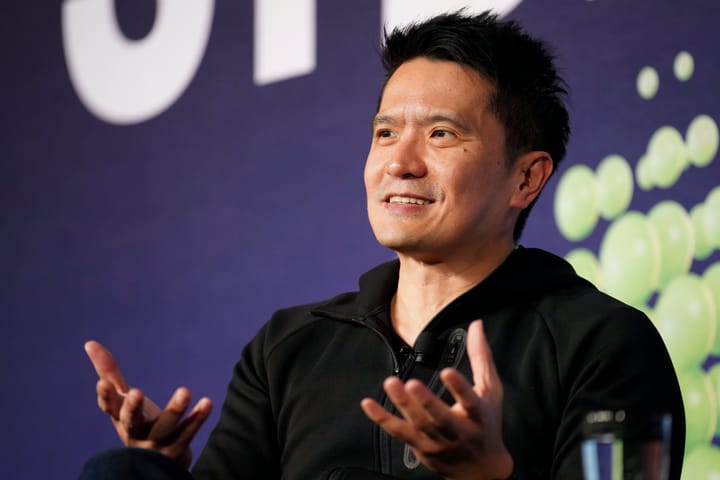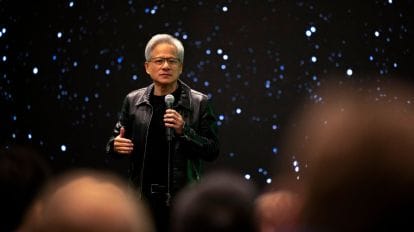AI Art Craze Cripples OpenAI—Why GPUs Are Overheating

OpenAI’s GPUs Are ‘Melting’ Over Ghibli-Style AI Art: What’s Happening?
OpenAI’s Image Generator Overwhelms GPUs
OpenAI’s latest image generation tool has taken the internet by storm, but with immense popularity comes an unexpected challenge—overloaded GPUs. OpenAI CEO Sam Altman recently revealed that the company's GPUs are struggling to keep up with demand, leading to temporary usage limits.
Sam Altman’s Statement on GPU Overload
In a post on X (formerly Twitter), Altman stated:
"It’s super fun seeing people love images in ChatGPT. But our GPUs are melting. We are going to temporarily introduce some rate limits while we work on making it more efficient. Hopefully, it won’t be long! ChatGPT’s free tier will get 3 generations per day soon."
The overwhelming demand, especially for Ghibli-style AI artwork, has resulted in OpenAI restricting free-tier users to just three image generations per day.
What Makes GPUs the Heart of AI Systems?
To understand why OpenAI’s GPUs are "melting," it's important to know how they work and why they are crucial for AI development.
What Is a GPU, and Can It Really Melt?
A Graphics Processing Unit (GPU) is a specialized processor designed to handle multiple tasks simultaneously, making it ideal for AI and deep learning. Unlike a CPU, which processes tasks sequentially, a GPU can perform thousands of calculations at once.
When Altman said the GPUs are "melting," he didn’t mean they are physically overheating but rather that they are running at full capacity without pause. The high demand for AI-generated images is pushing OpenAI’s hardware to its limits.
Why Do AI Systems Depend on GPUs?
AI models, such as those used in ChatGPT and DALL-E, rely on billions of computations per second. Unlike video games, which require quick rendering of visuals, AI models process massive datasets, making GPUs essential.
For instance:
- A 1996 game like Super Mario 64 required around 100 million calculations per second.
- Modern games like Cyberpunk 2077 need 36 trillion calculations per second.
- AI models like ChatGPT process even more, running continuously for weeks or months.
This massive computational demand explains why OpenAI’s GPUs are running at maximum capacity.
How Powerful Are Modern GPUs?
Modern GPUs, such as the NVIDIA RTX 3090, contain over 10,000 cores designed for parallel computing. These cores function as thousands of tiny calculators, processing AI tasks simultaneously. AI-specific cores, such as Tensor Cores, accelerate machine learning computations, making them ideal for tasks like image generation and natural language processing.
Why Are AI Companies Competing for GPUs?
Tech giants like OpenAI, Google, and Meta are investing billions in GPU-powered AI infrastructure because:
- Training large AI models can take weeks or months.
- AI requires constant high-speed processing.
- GPUs are expensive and in high demand, often back-ordered.
GPUs are now referred to as the "new oil rigs of the digital age," fueling the next wave of AI advancements.
The Ghibli-Style AI Art Controversy
While OpenAI’s image generator is popular, it has sparked controversy. Users have been creating AI-generated art in the style of Studio Ghibli, known for masterpieces like Spirited Away and My Neighbor Totoro. However, this has raised ethical concerns over copyright and artistic integrity.
Many Ghibli fans argue that using AI to mimic the distinct brushstroke style of Hayao Miyazaki undermines the originality and craftsmanship of traditional animation. Some have also criticized the use of AI art to depict historical tragedies, calling it disrespectful.
The Future of OpenAI’s Image Generator
Despite the challenges, OpenAI remains committed to improving efficiency. Altman assured users that the temporary rate limits are only a short-term measure while the company works on expanding its computing power. As AI continues to evolve, companies will need more powerful GPUs and better infrastructure to keep up with user demand.
Key Takeaways
- OpenAI’s new image generator has become immensely popular, leading to excessive GPU usage.
- Sam Altman announced temporary limits for free-tier users (3 image generations per day).
- GPUs are crucial for AI processing, handling billions of calculations per second.
- The surge in AI-generated Ghibli-style art has sparked debates over copyright and artistic ethics.
- OpenAI is working on expanding its GPU infrastructure to meet demand.
OpenAI’s GPU crisis highlights the growing demand for AI-powered creativity. As technology advances, companies must invest in better hardware to keep up with innovation. While AI-generated art offers exciting possibilities, ethical concerns surrounding artistic style replication remain a heated topic. For now, users will have to wait for OpenAI to scale up its resources before generating unlimited AI images again.



